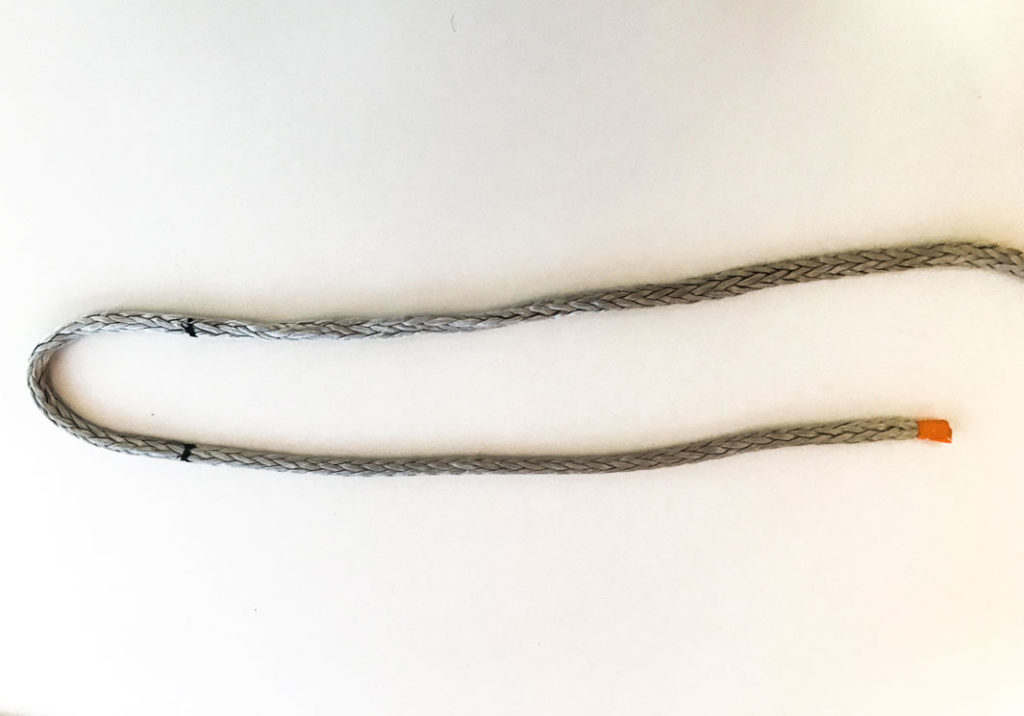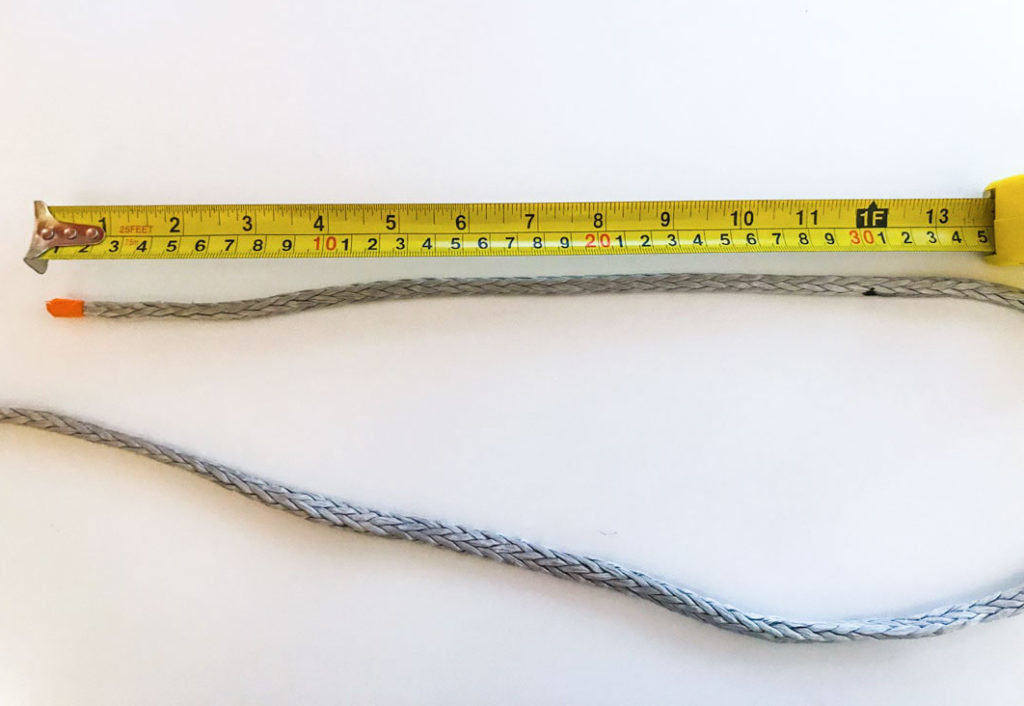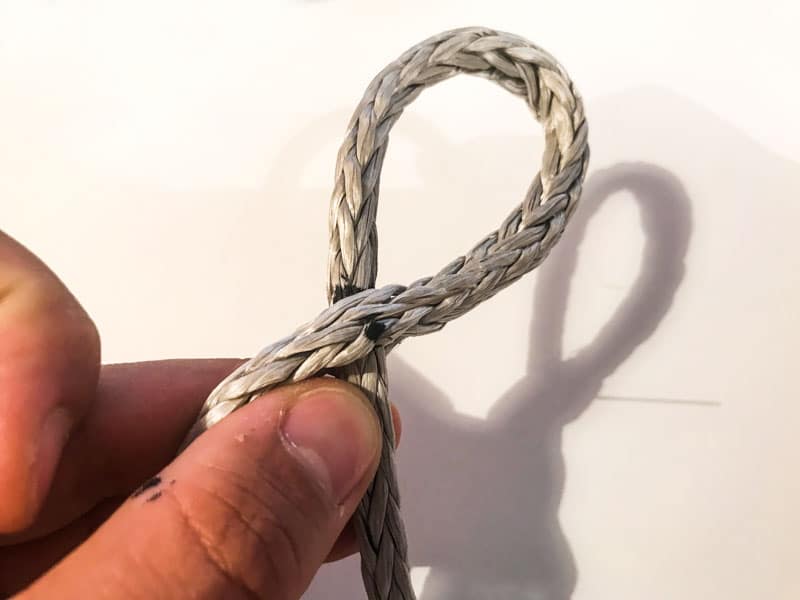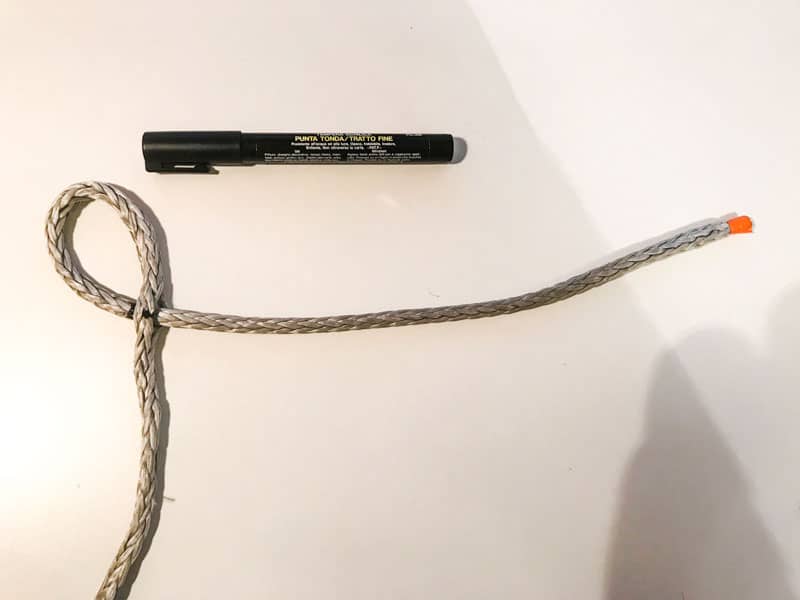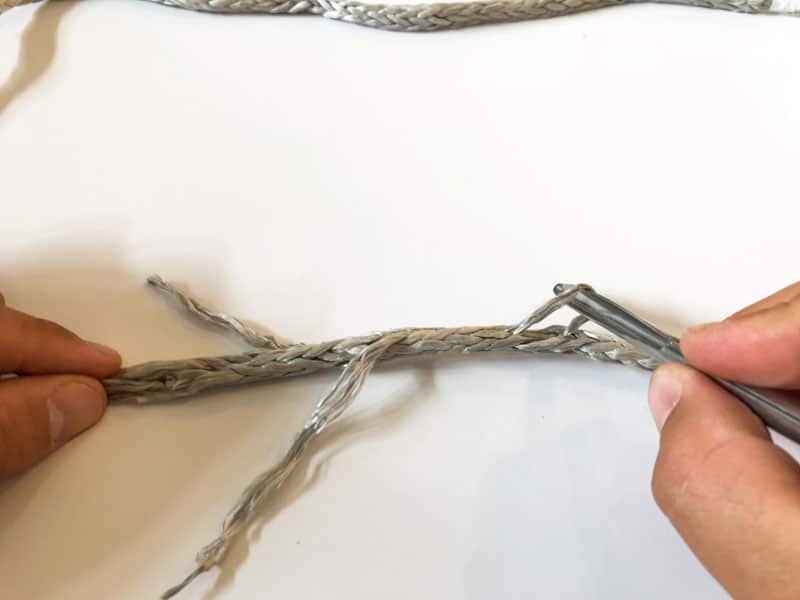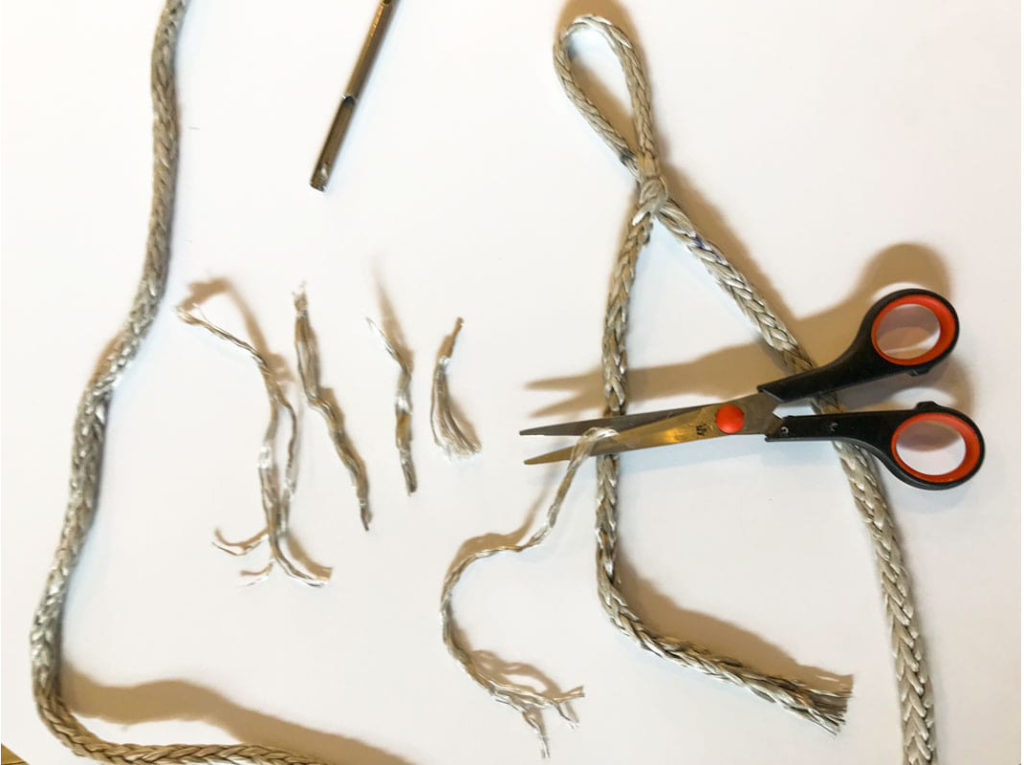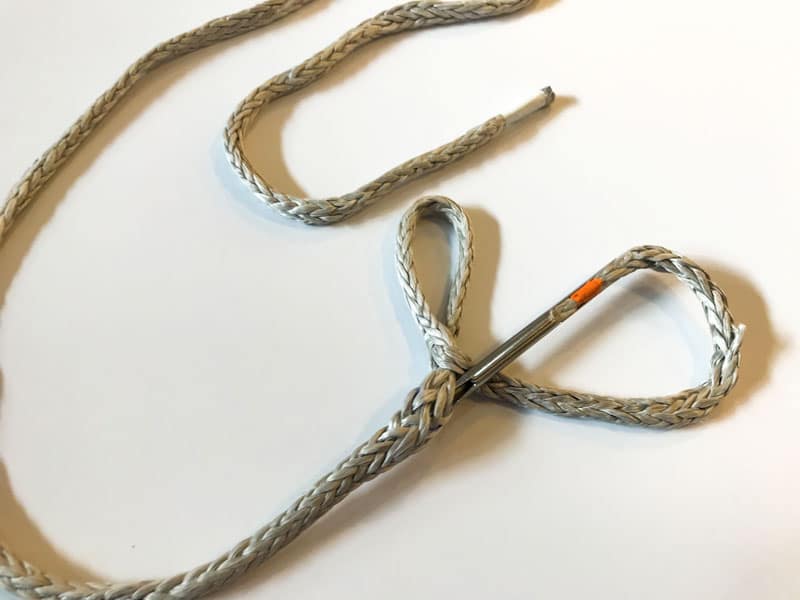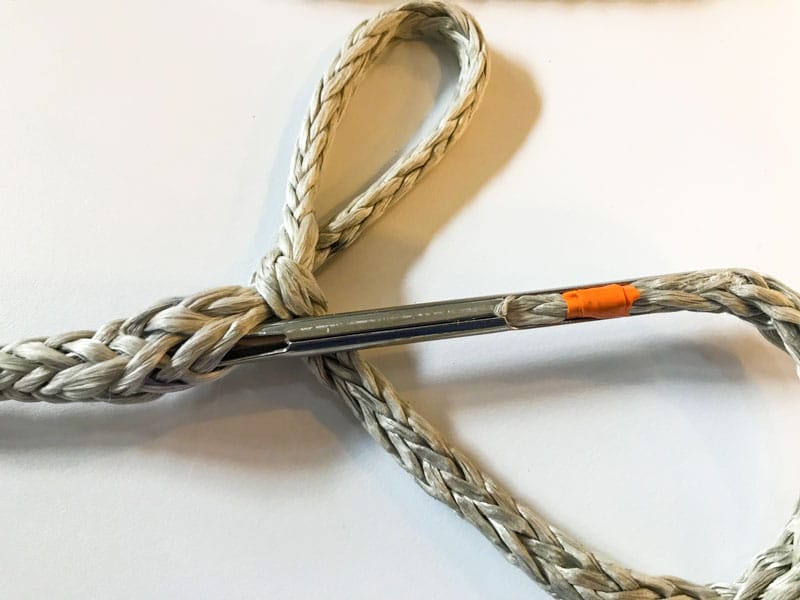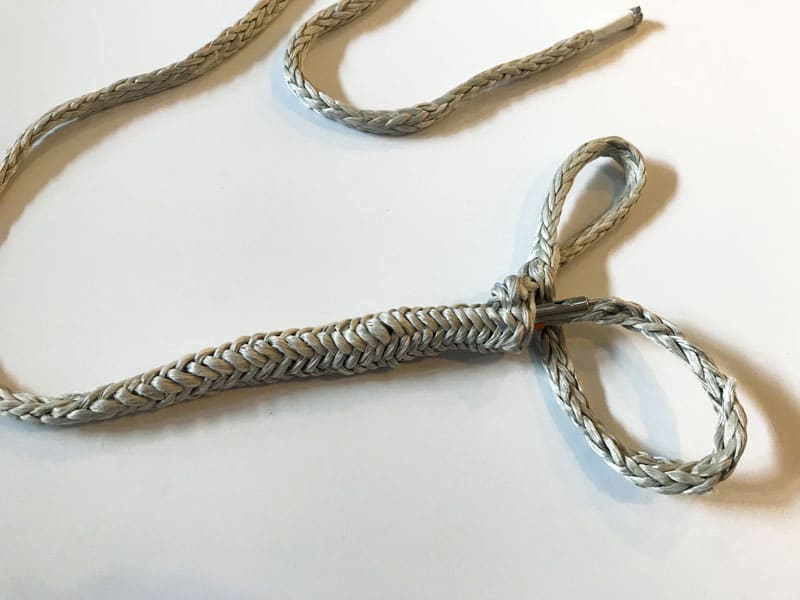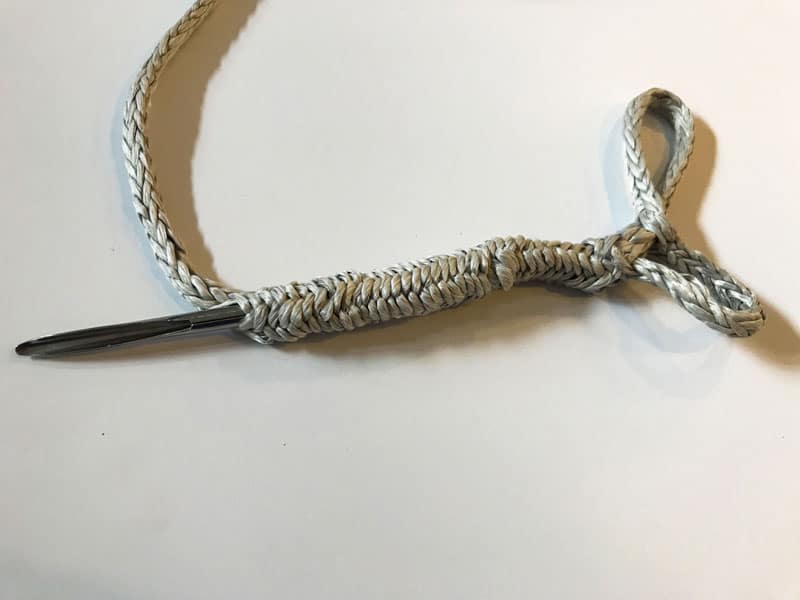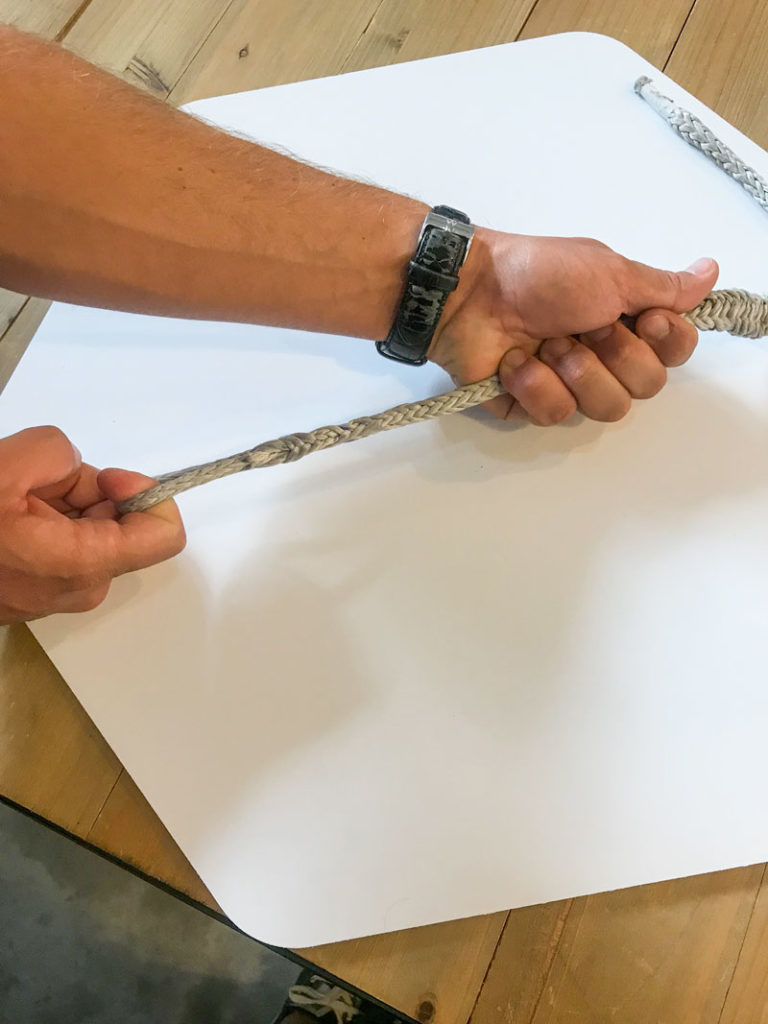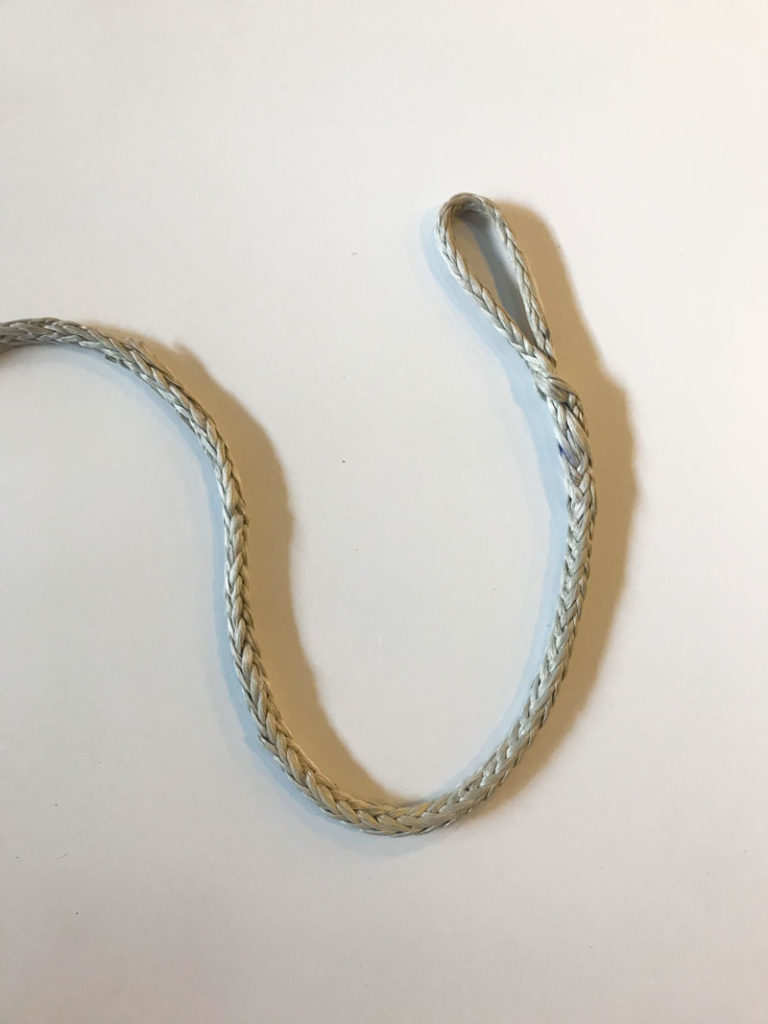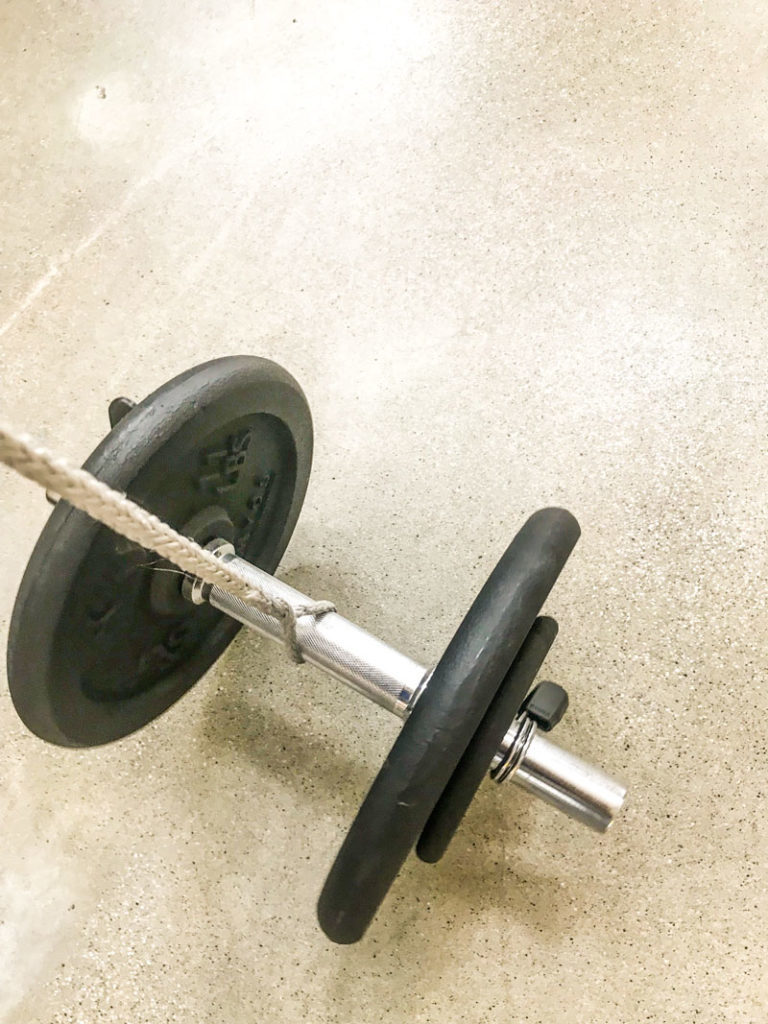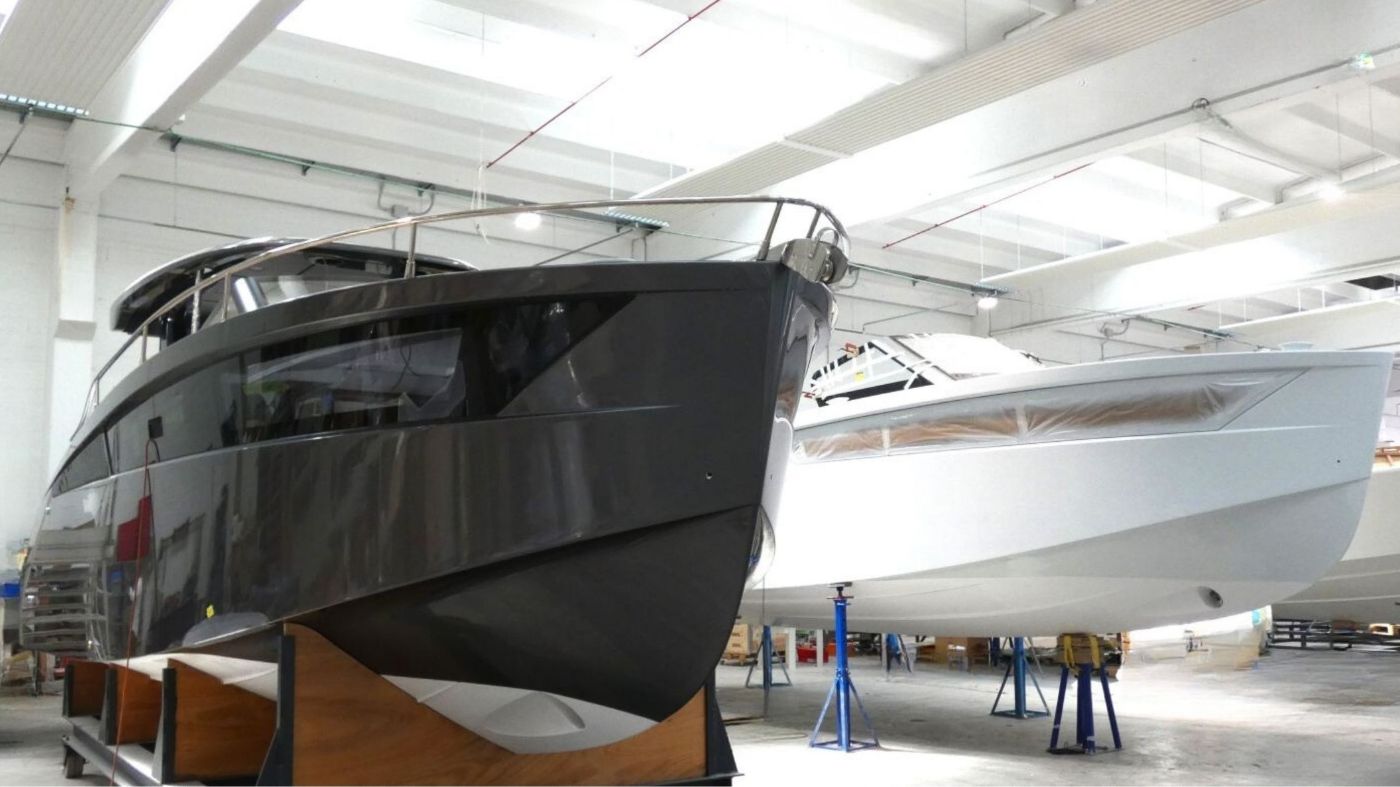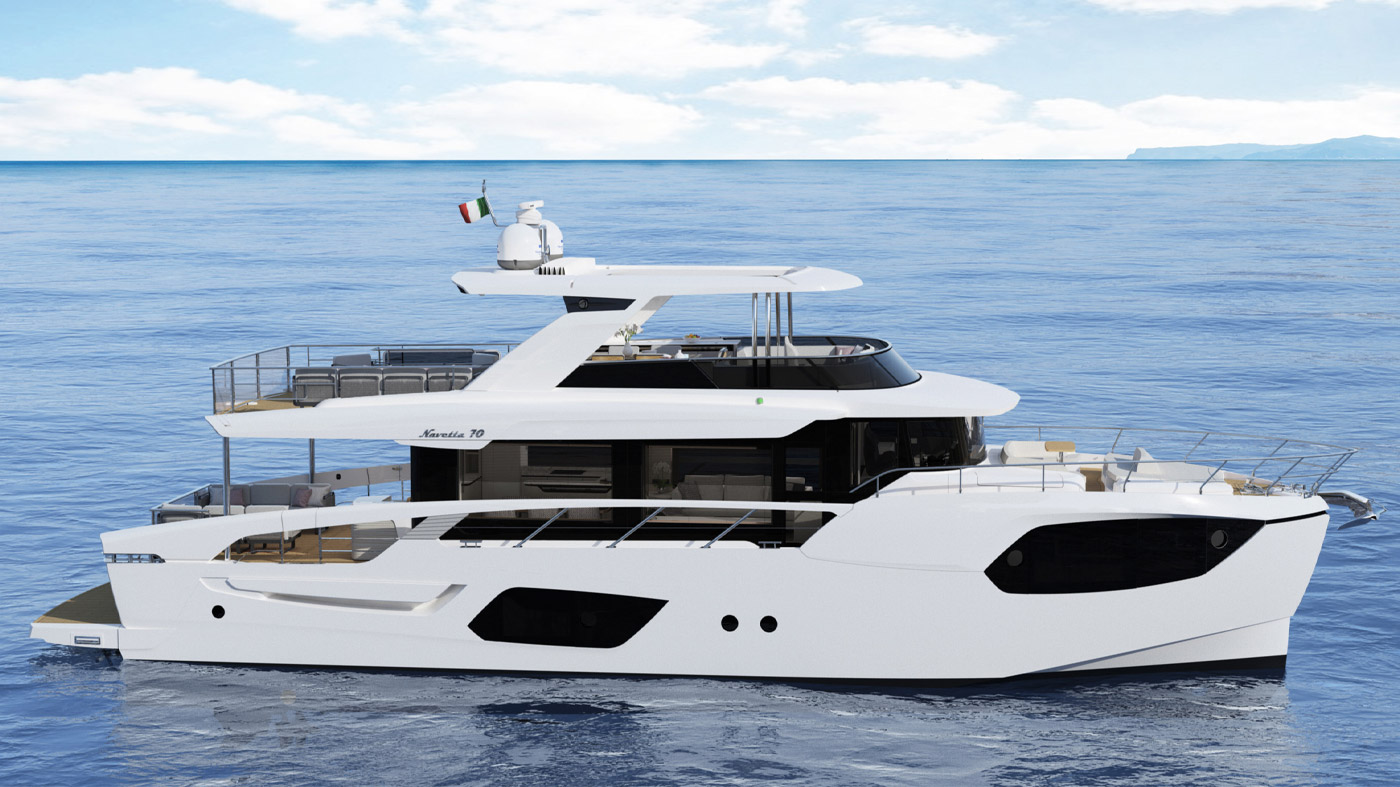A molti di noi sarà sicuramente capitato di notare sulle più svariate cime la presenza dell’impiombatura, semplici occhielli che sostituiscono i classici nodi. Questa soluzione viene adottata non solo per una semplice funzione estetica, ma soprattutto per non diminuire il carico di rottura delle nostre cime. Difatti se in presenza di un nodo il carico di rottura in quel punto diminuisce di circa la metà, con un’impiombatura riusciremo a diminuirlo del solo 10%.
Esistono molte varianti di impiombatura ognuna con il suo grado di complessità, ogni marinaio che si rispetti dovrebbe conoscerne almeno un paio! Se non ne conoscete nessuna, non preoccupatevi vi insegneremo a realizzare almeno una delle più semplici: l’impiombatura ad anello bloccato.
Questa impiombatura si realizza su cime in dynema il cui terminale alterna fasi di carico costante e fasi di strappo, come succede per esempio ai capi delle scotte da armare sulle bugne.
Vediamo ora che materiali ci servono per realizzarla:
Metro
Pennarello
Fid per impiombature
Ago da cucito
Coltello o forbici con lame adatte al taglio di materiali ad alta resistenza
Scotch
Misuriamo una distanza dal capo morto della cima di 300 mm (in questo caso visto che stiamo utilizzando un dynema di diametro 6; per trovare questa distanza il calcolo generale è: DIAMETRO CIMA * 50 ), facciamo un segno con il pennarello. Facciamo un altro segno, andando a salire, la cui distanza sarà il diametro del nostro anello.
Aiutandoci con il nostro fid adiamo ad inserire il capo morto (quello segnato in arancione all’interno del dynema all’altezza del nostro secondo segno, inserendo la cima fino al nostro altro segno. Blocchiamo il tutto con un semplice ago da cucito.
Ripetiamo la stessa operazione appena sotto il primo passaggio invertendo però le parti; sarà l’altro capo(nero) a passare nello spezzone del capo arancione. Tiriamo entrambi i capi per strozzare l’anello.
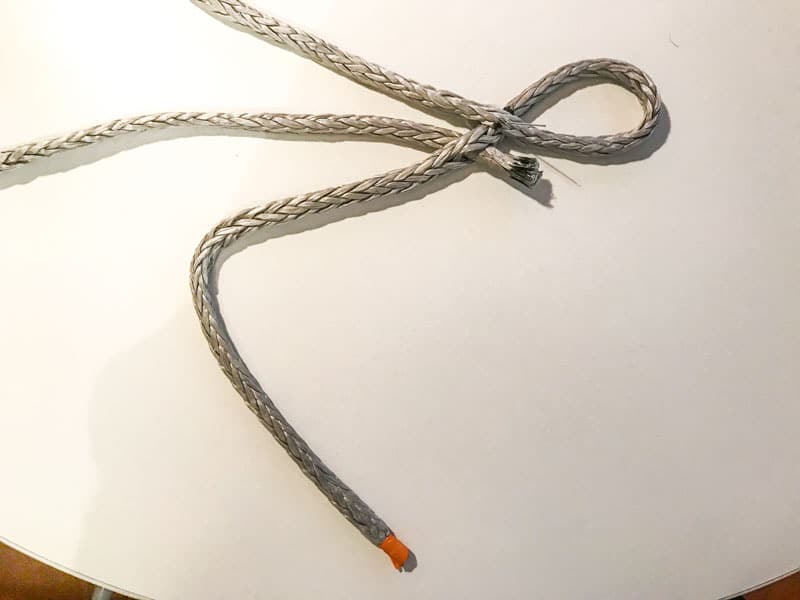
Alloggiamo il capo assottigliato nella parte non appuntita del fid, il piccolo dente al suo interno farà si che rimanga bloccato.
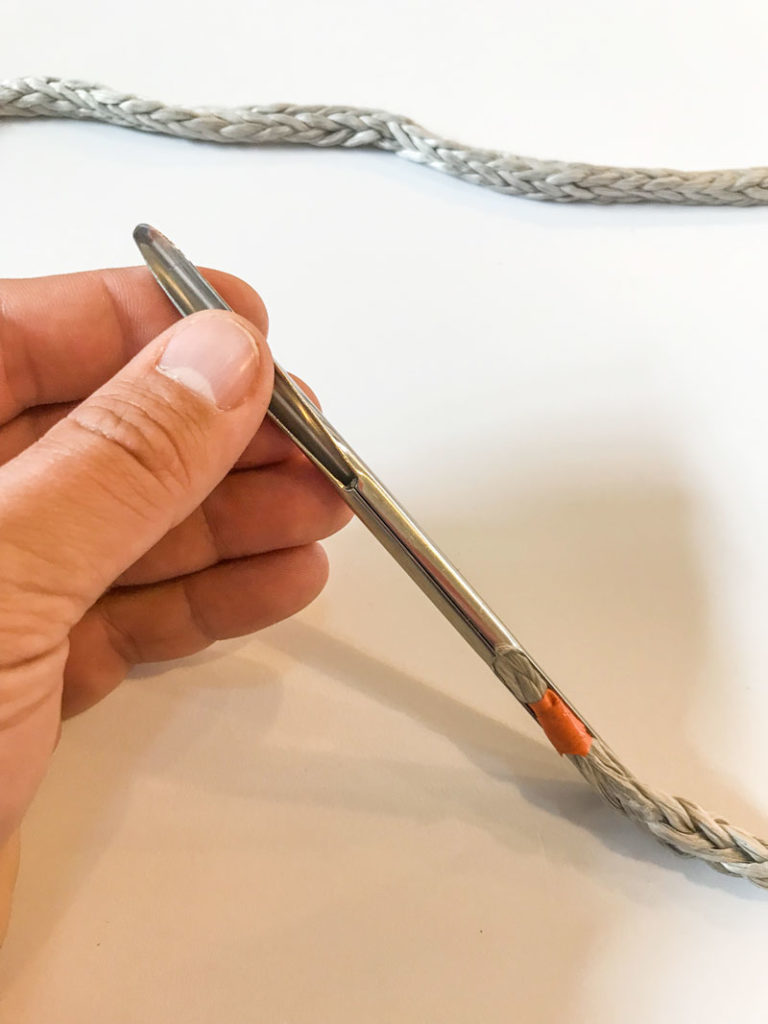
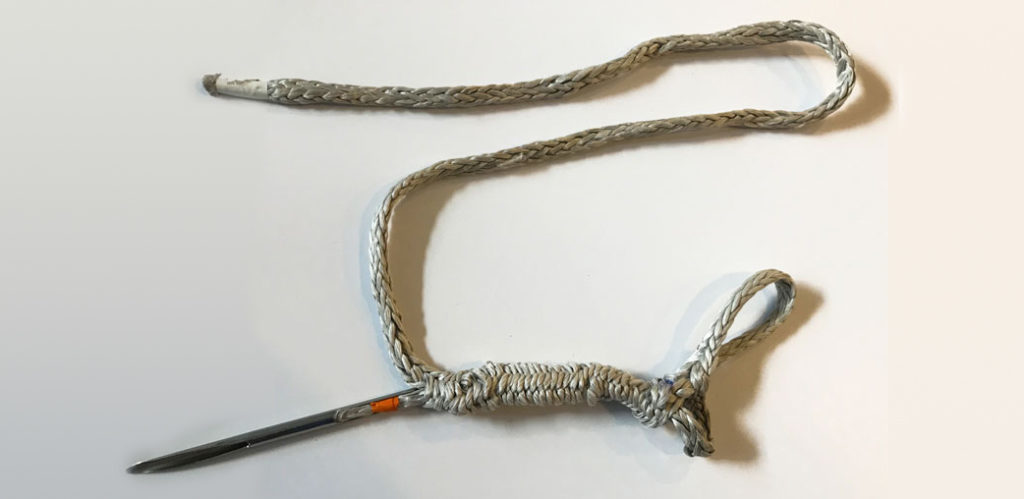
Il principio di tutte le impiombature è quello dello strozzo, per compressione, della cima dentro se stessa, andando in carico il nostro corpo in dynema si stringerà fungendo da vero e proprio stopper. Inoltre, grazie al doppio giro sotto l’anello, nei momenti in cui la cima non sarà in tensione permetterà a quest’ultimo di non allentarsi pericolosamente.

